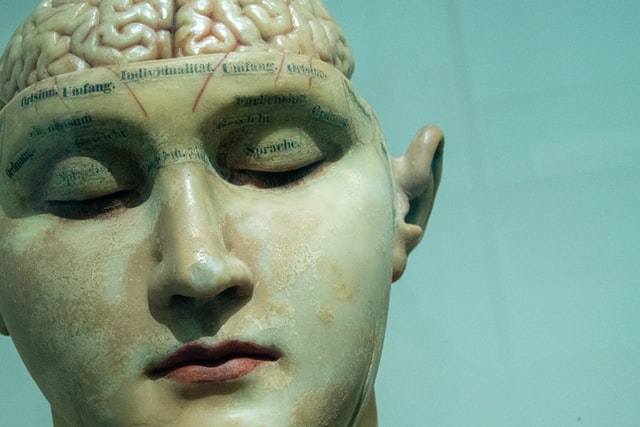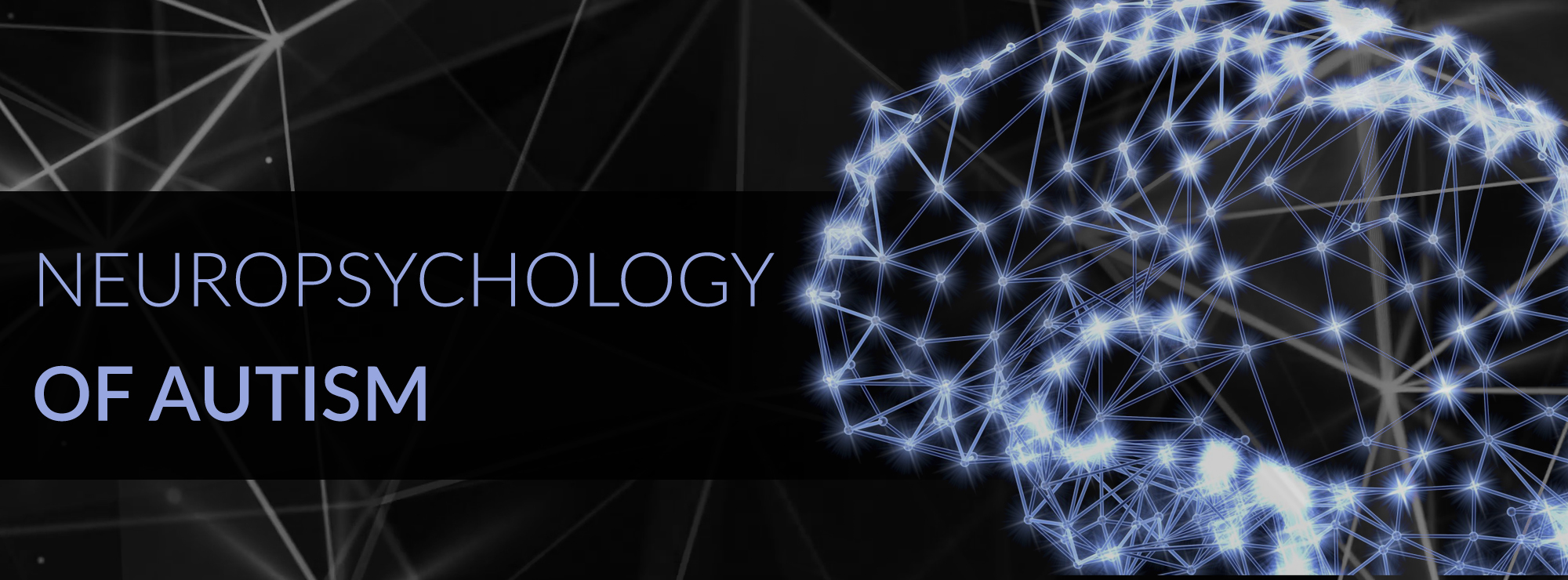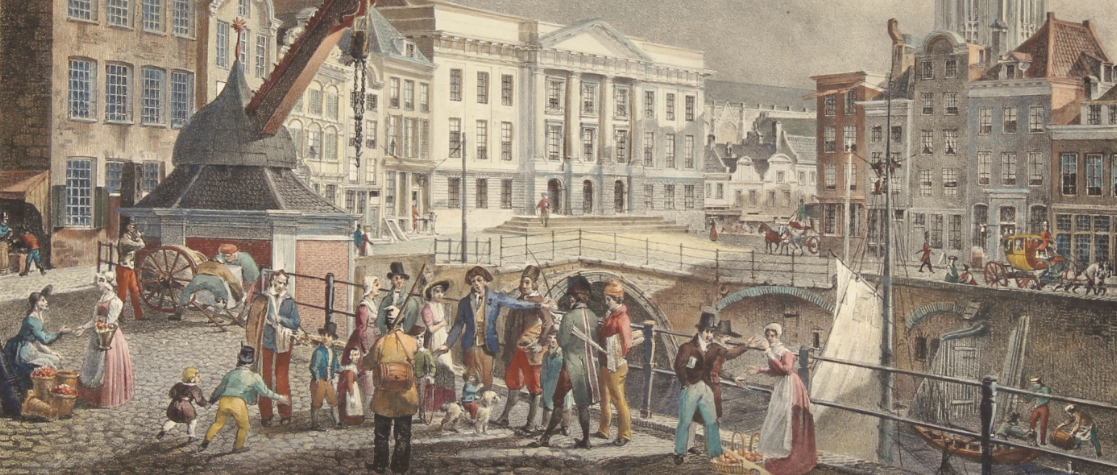Inspired by the image of the mermaid as a symbol for a forbidden love (that beckons as a siren, but will never become reality), I made many trips – from Stockholm to Saint Petersburg and from Helsinki to Azerbaijan. But not all treasures are hidden at a great distance. Last year, I boarded the train to my neighbouring city The Hague, for some good old-fashioned musicological strolling in the analogue archives. The gem that attracted me? A 1918 song called “Meirminnen”. For the Dutch journal “De Liedvriend” (the friend of the art song), I wrote a short article about this charming song, that just got published. Sheet music and piano in the YouTube below… enjoy! The article in its beautiful lay-out can be read here (via my …
Meirminnen – Zwollo/Couperus Read more »




